How Many Pairs of Running Shoes Do You Need?
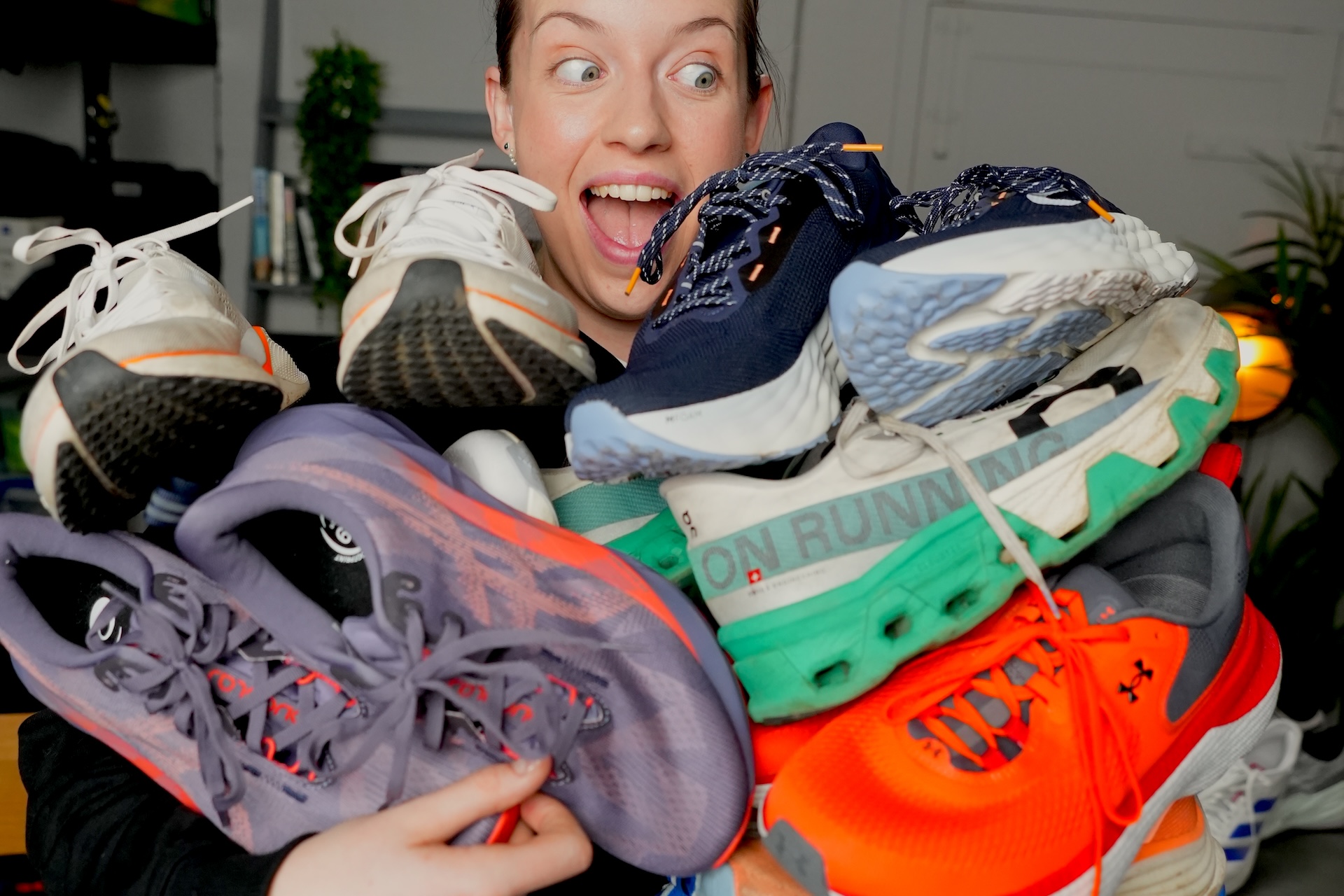
How many pairs of running shoes do you have? Ask an experienced runner and they might have a range of different shoes that they use for different types of runs, plus a few old favourite pairs they can’t bring themselves to get rid of.
But how many pairs of running shoes do you need? Can you do all your running in one pair of running shoes? Or should you have lots of different pairs?
Here’s what you need to know about running shoes.
DO YOU NEED MORE THAN ONE PAIR OF RUNNING SHOES?
The short answer is no; the long answer is yes.
We’ll explain.
WHY ARE THERE DIFFERENT TYPES OF RUNNING SHOES?
Go to a running shoe store and you’ll see dozens of pairs on the shelves, and many may look similar, but there are different categories of running shoes, including daily trainers, max-cushion shoes, trail shoes, speed day shoes and super trainers and carbon plate supershoes.
These different types of running shoes can assist us in different ways – we just need to use the right shoes for the right job. So we do our easy runs in a daily trainer or max-cushioned shoe, then swap into a carbon plate supershoe when we want to do a hard speed session.
But there are also shoes which can do a bit of everything.
CAN ONE RUNNING SHOE DO IT ALL?
In The Running Channel office we all have our favourite all-rounder running shoes. If we go away for a couple of days and can only pack one pair, then we know which one it’ll be. A shoe we can run easy in, could do a few faster reps, and a long run.
So yes, there are definitely shoes that can do a bit of everything. And for a lot of runners, one pair is all they want and all they need.
If you’re someone who likes to do a few short runs each week, always on similar terrain, then one pair of shoes is likely fine for you.
The best type of running shoe if you only have one pair will be a daily trainer. These are well-cushioned, comfortable, durable and reliable. You can run a bit faster in them, if you want to, but they are mostly going to support your standard daily runs.
We’ve tested lots of daily trainers. Here are some of our favourites.
CAN YOU TRAIN FOR A MARATHON WITH ONE PAIR OF SHOES?
Yes, you can. As long as the shoe fits you well, is comfortable for you to run in for a few hours, and is still in good condition after all your training, then you could buy one pair of shoes at the beginning of marathon training and wear them through to the end of your race. A pair of daily trainers, like the ones in the video above, could be good options for you.
Over a 16 week training block, you might end up running over 400 miles in the shoes, so a good running shoe should be fine. But some runners may like to get a fresh new pair of their preferred training shoes ahead of race day. If that’s what you’ll do, then just make sure you take them out on a couple of runs, including a long run, before race day.
WHY MIGHT YOU WANT MORE THAN ONE PAIR OF RUNNING SHOES?
While you can just use one pair of running shoes, there are numerous reasons why you might like to have more than one pair.
- Using two pairs can actually strengthen your feet and legs as you’ll be using slightly different muscles depending on the shoes and how you run in them, and this could lead to lower injury risk
- As different types of running shoes are designed for different purposes, you might want one pair for your easy runs, and one for your faster runs, including race day
- If you sometimes run on trails then you might want a specific pair of shoes which are designed for running off road, so have more structure, support and grip
- And, of course, sometimes you just want to wear a different colour or brand of running shoe, and have a few pairs to alternate between.
WHY ARE SOME RUNNING SHOES BETTER FOR FASTER RUNNING?
Most daily trainers are designed for comfort and durability. That means they have lots of foam and are designed to last for a long time instead of being optimised to help you run fast.
Faster shoes are made with premium foams and materials which are lightweight. Many include a plate in the foam to help with propulsion and speed. This all means that these shoes are more responsive and can help you run more efficiently at a faster pace. The main issue for most runners is that these shoes are typically very expensive, plus they may feel too aggressive for some runners to use.
You wouldn’t want to run your easy miles in carbon plate shoes, and you would save them for your faster runs and race day. If you’re a runner who targets a race pace that’s around or slower than six-minutes per kilometre or 10-minutes per mile, then a super trainer may be a better option for you. Look at shoes like the New Balance Super Trainer, ASICS Superblast or Magic Speed, Mizuno Neo Vista and Saucony Endorphin Speed.
HOW LONG DOES A RUNNING SHOE LAST?
It’s common for people to say that a running shoe should last you for around 300-500 miles (500-800km), but that very much depends on the shoe and your running style.
Some running shoes might wear out sooner, and others will be fine for 1,000km or more.
These are signs that a running shoe is ready to be replaced:
- It has holes in the upper which are no longer reparable (you can get small running shoe repair kits for some of these holes)
- The outsole has fully worn down and is wearing away the midsole or no longer providing any grip
- You start to feel some aches and niggles when you wear the shoe. As the shoe’s foam loses its responsiveness and protection you’ll feel a bit more impact in your ankles, calves, knees and hips. If this happens, then it’s time for a new pair
How many pairs of running shoes do you have?


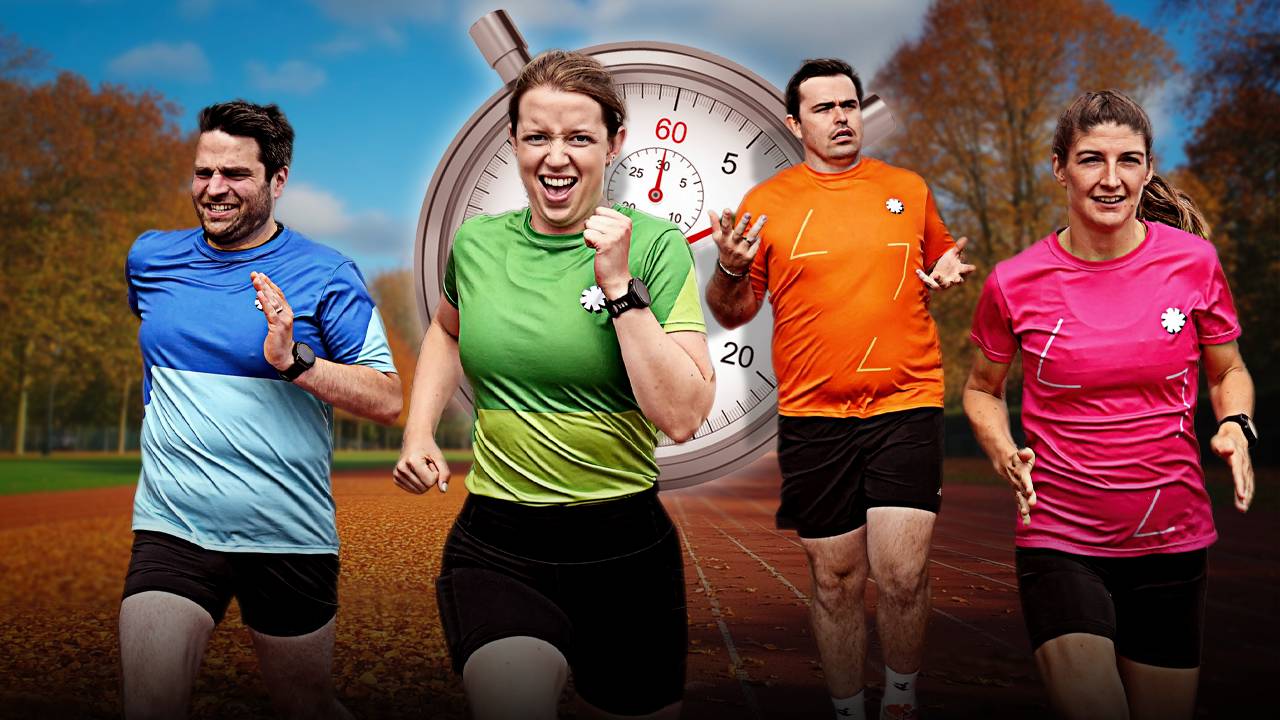



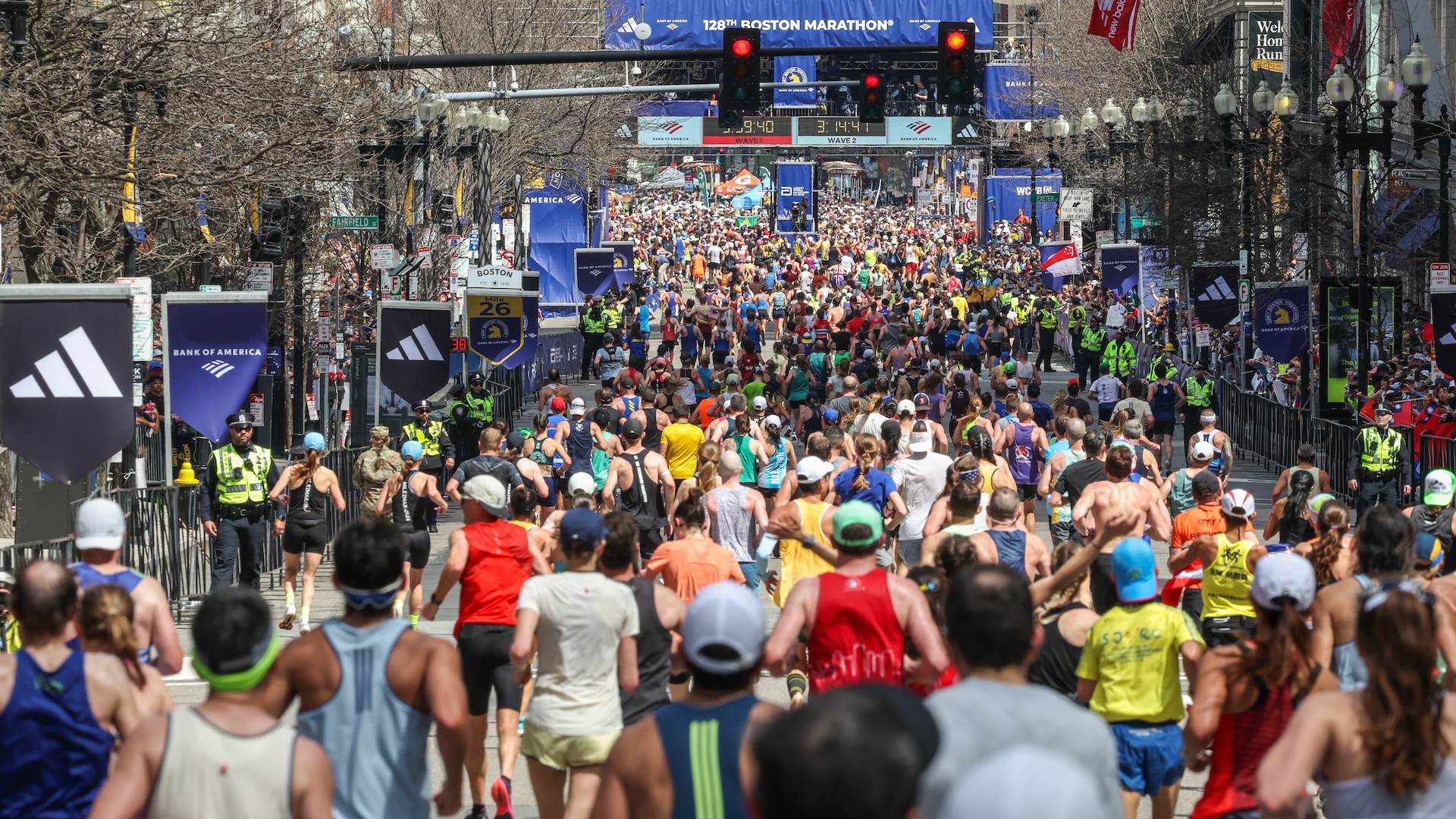
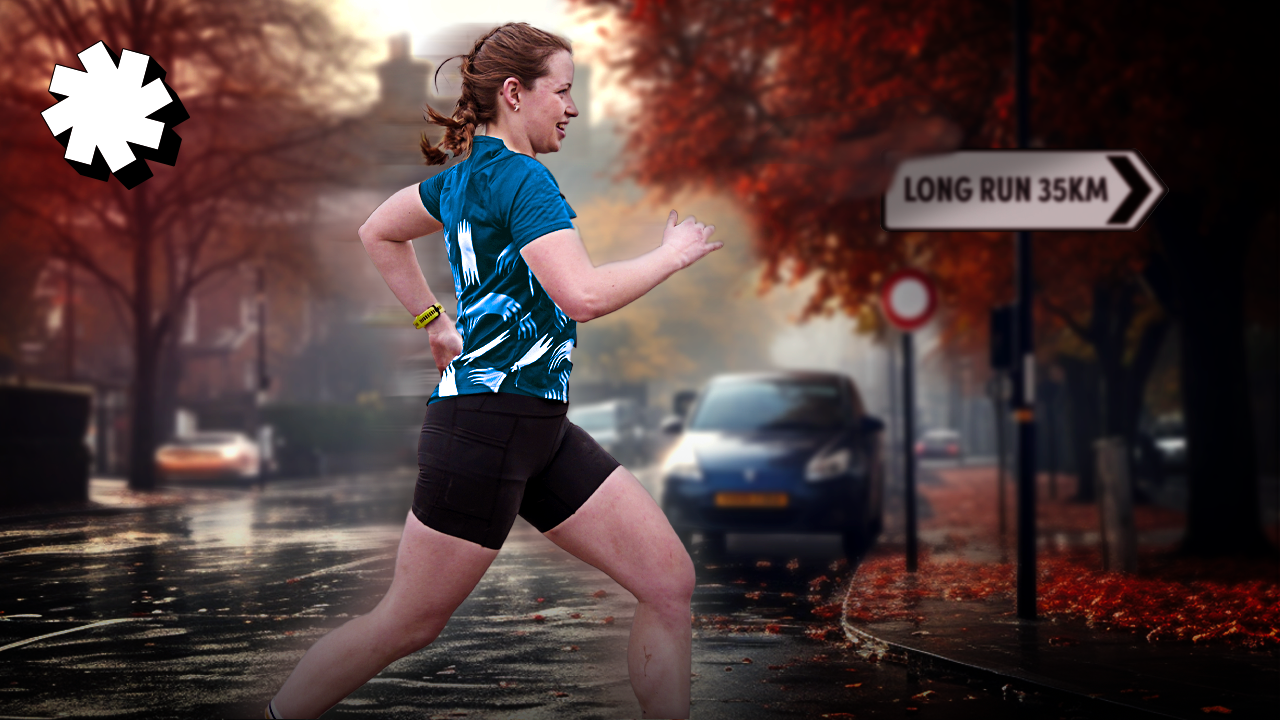
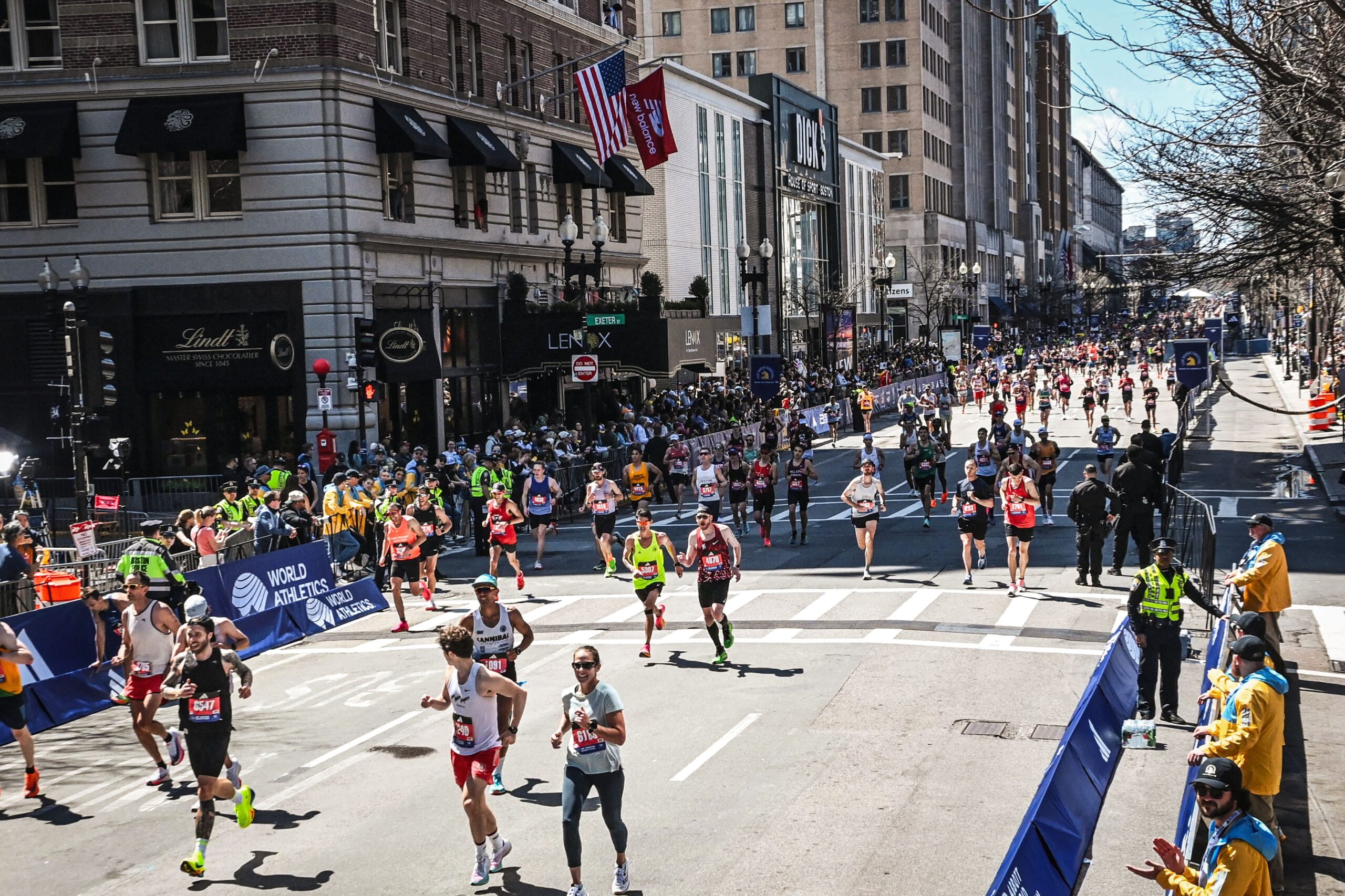
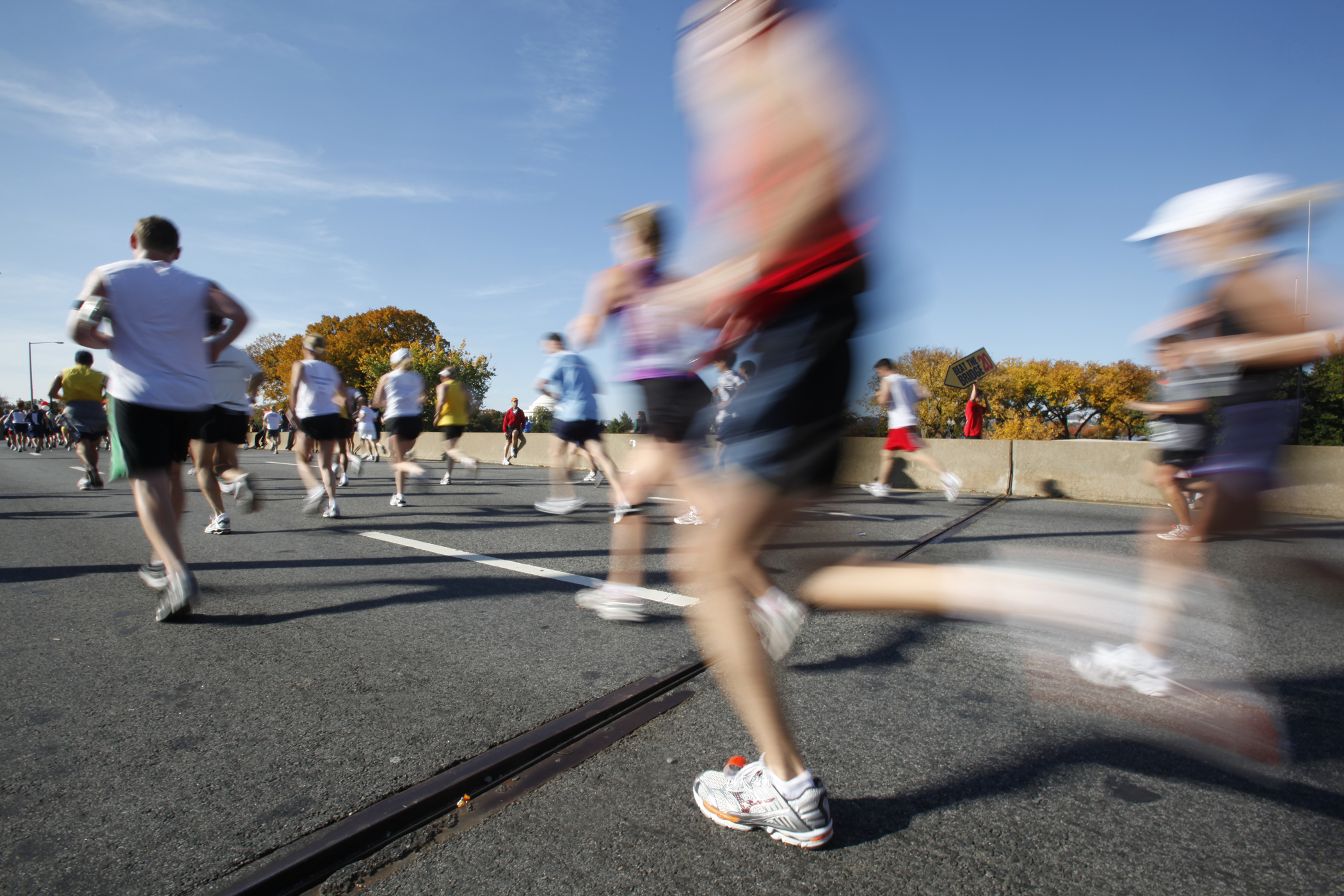
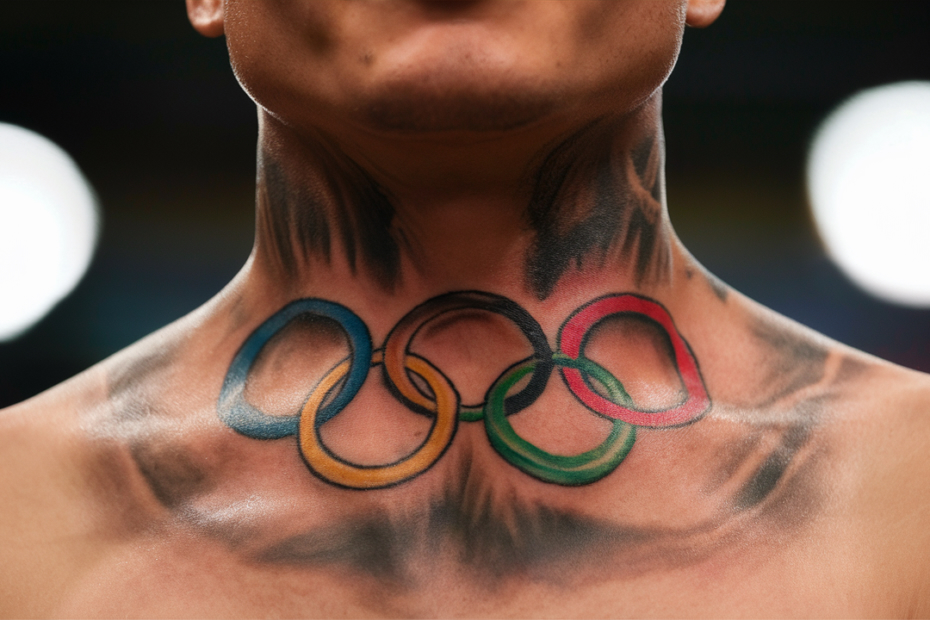
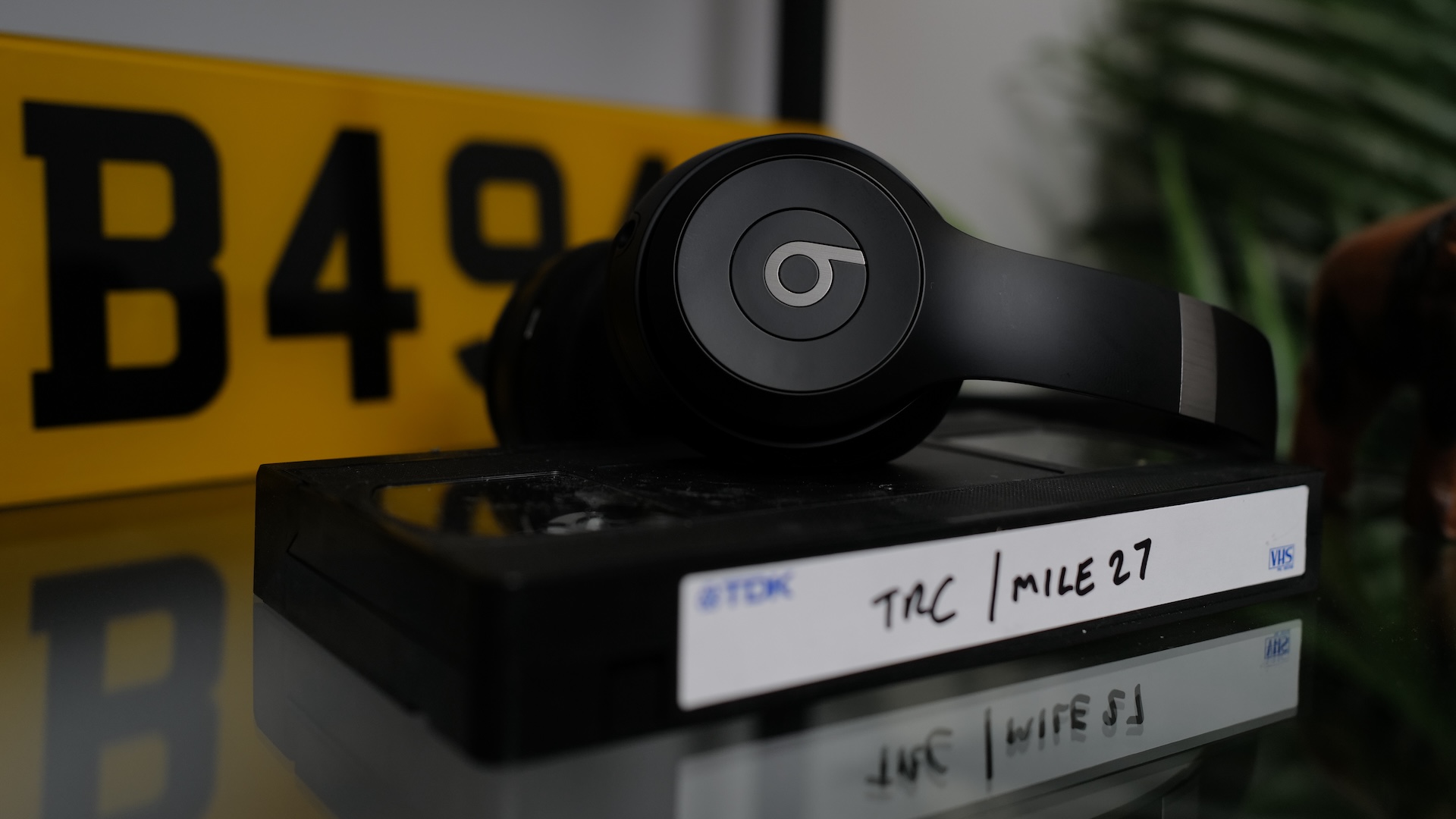

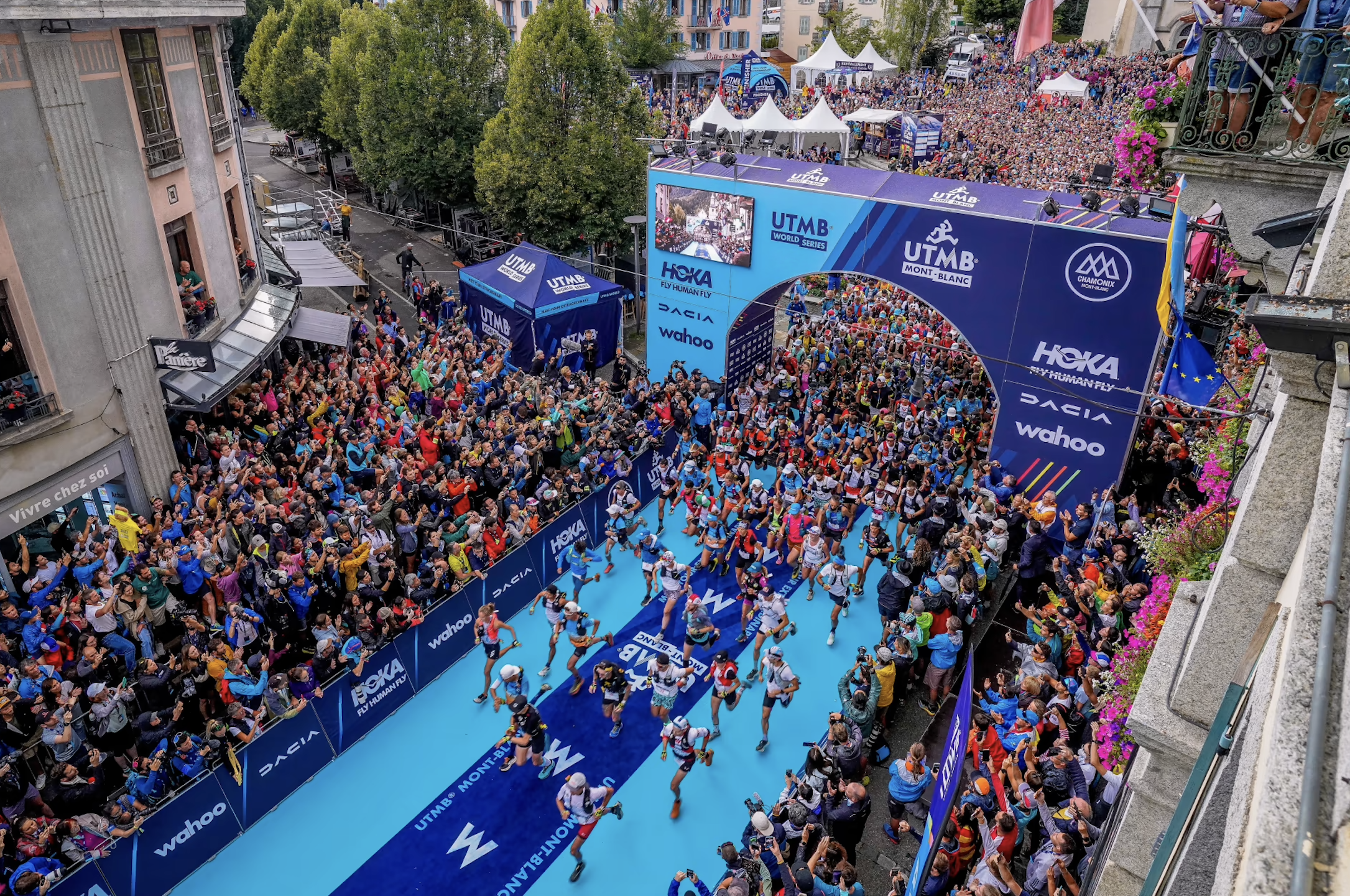
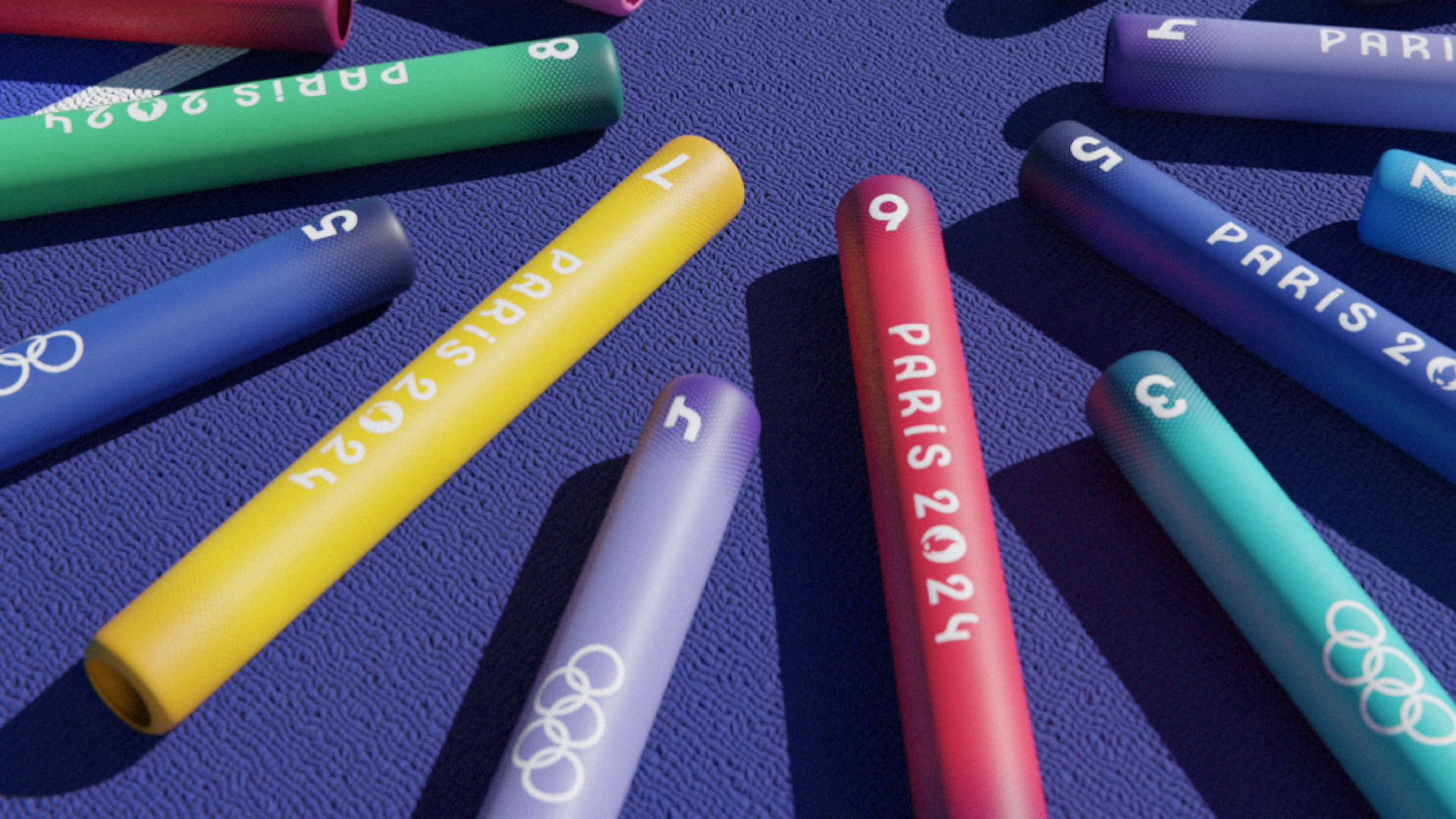
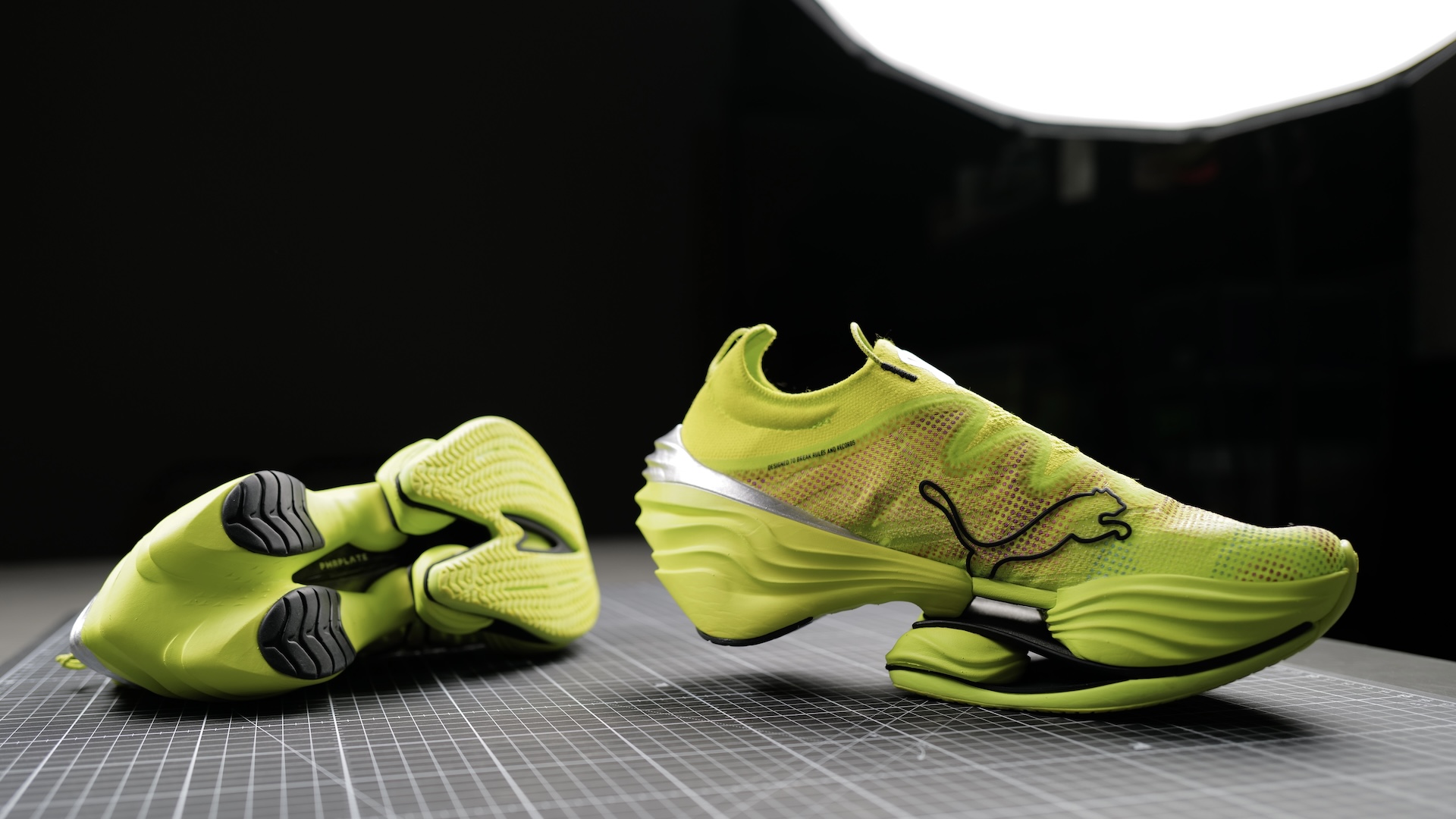
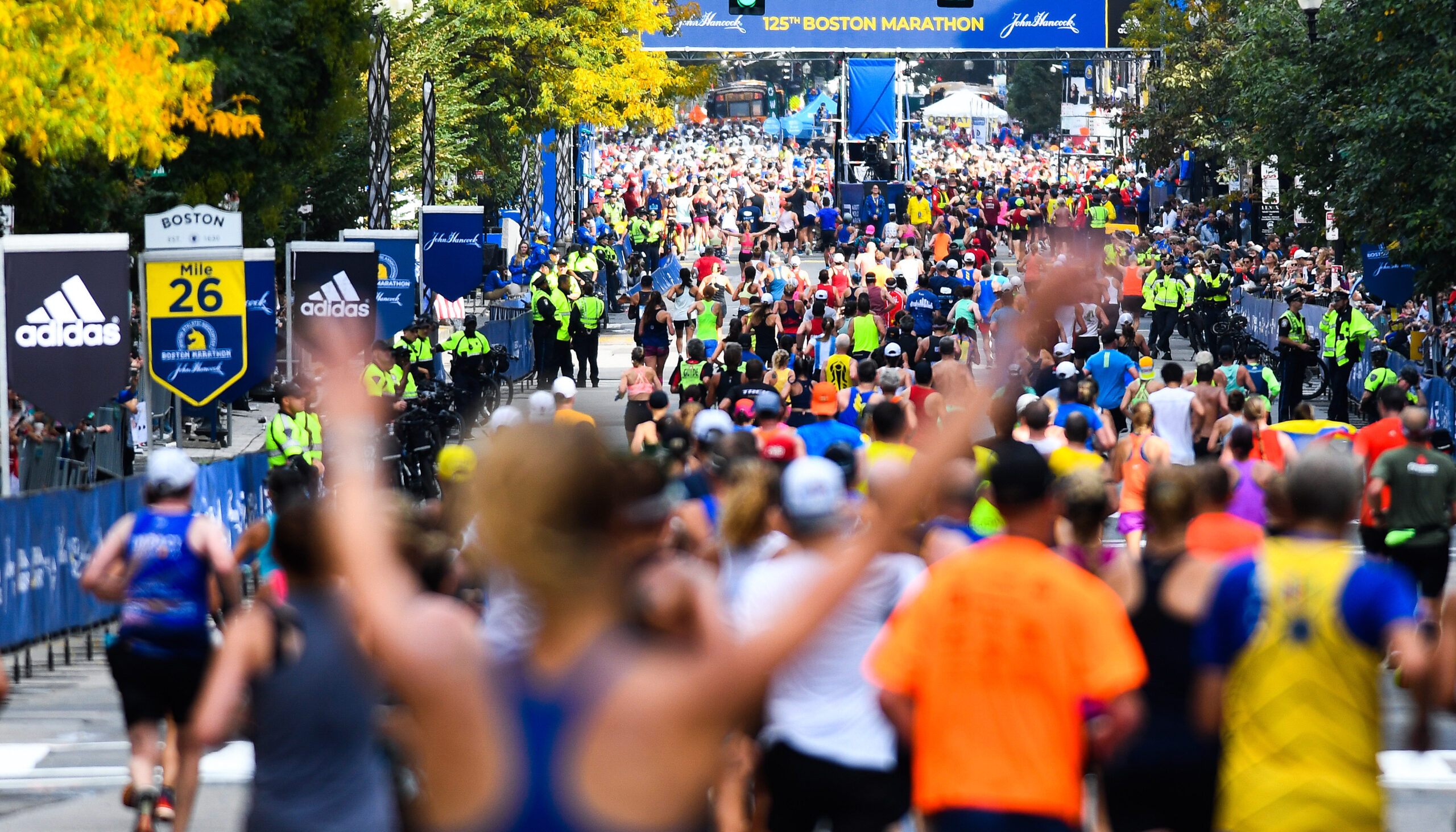
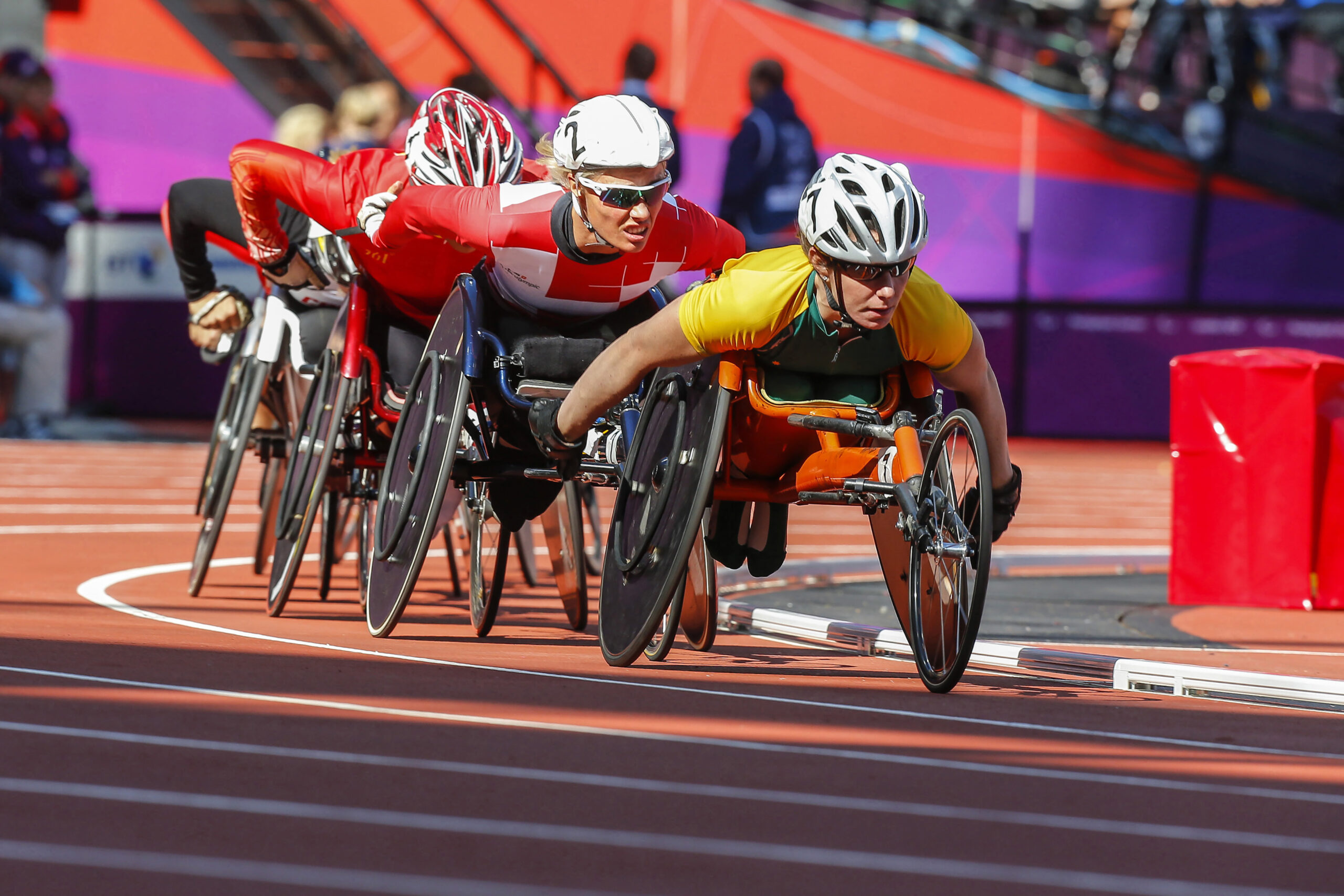
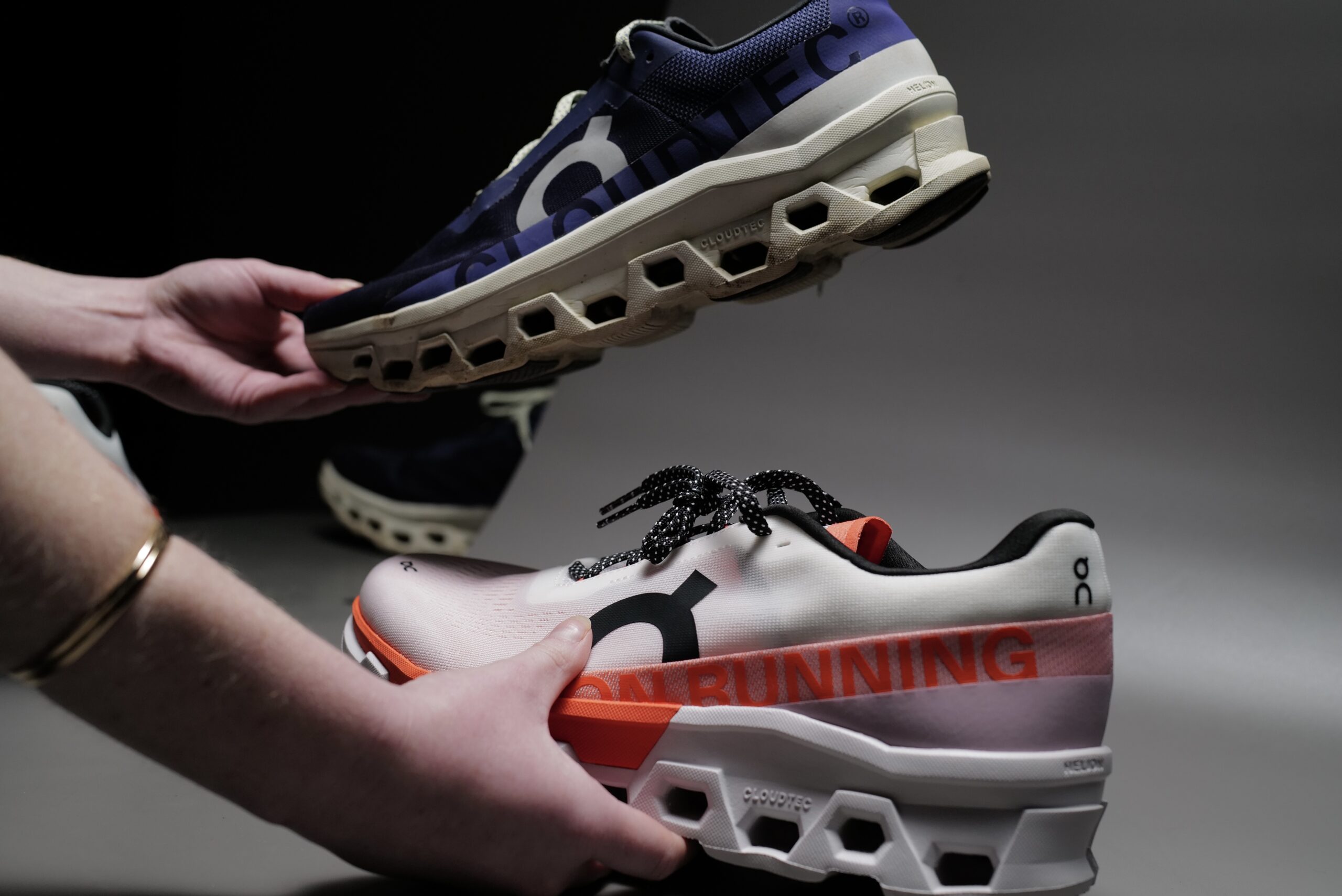
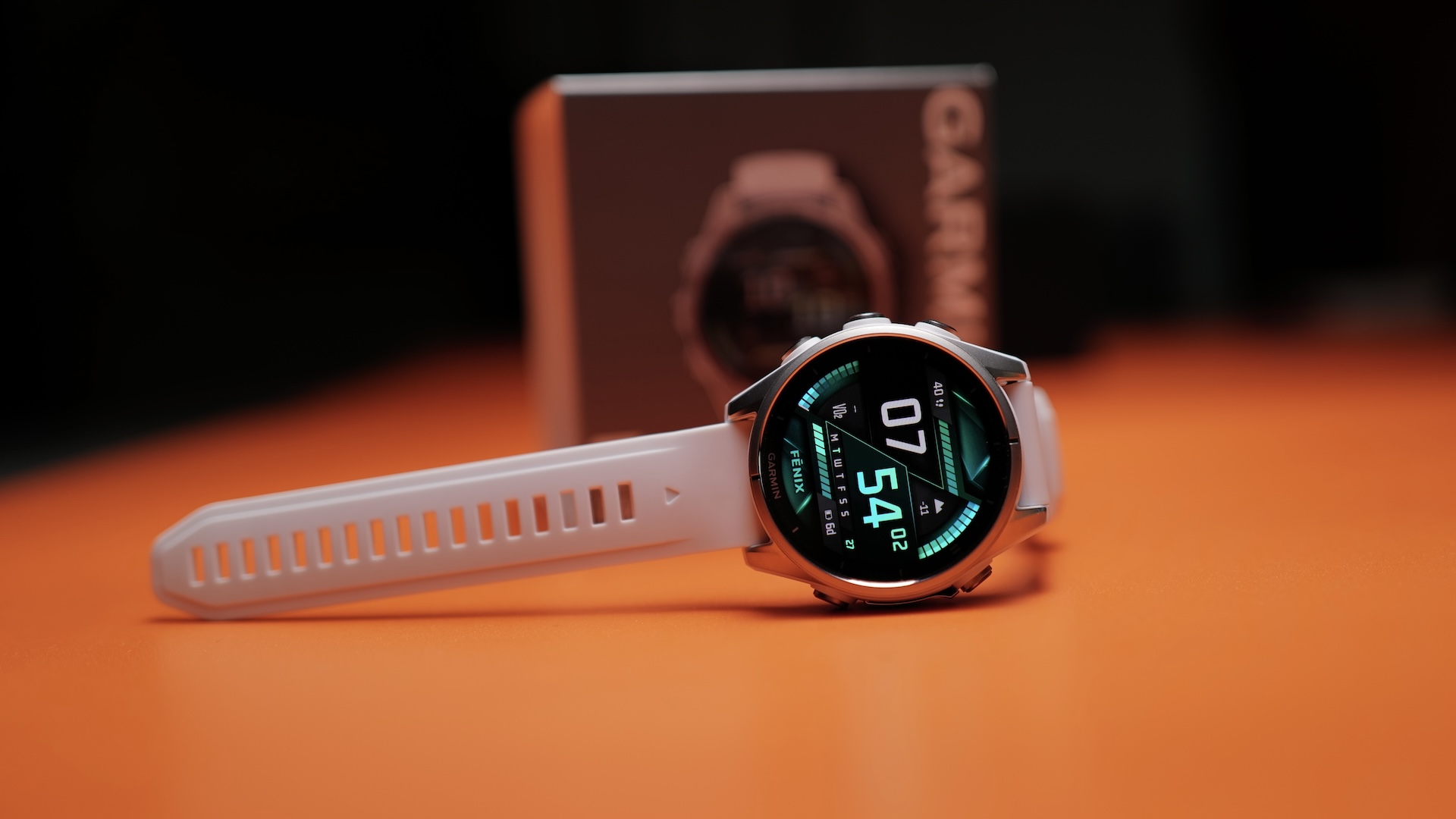

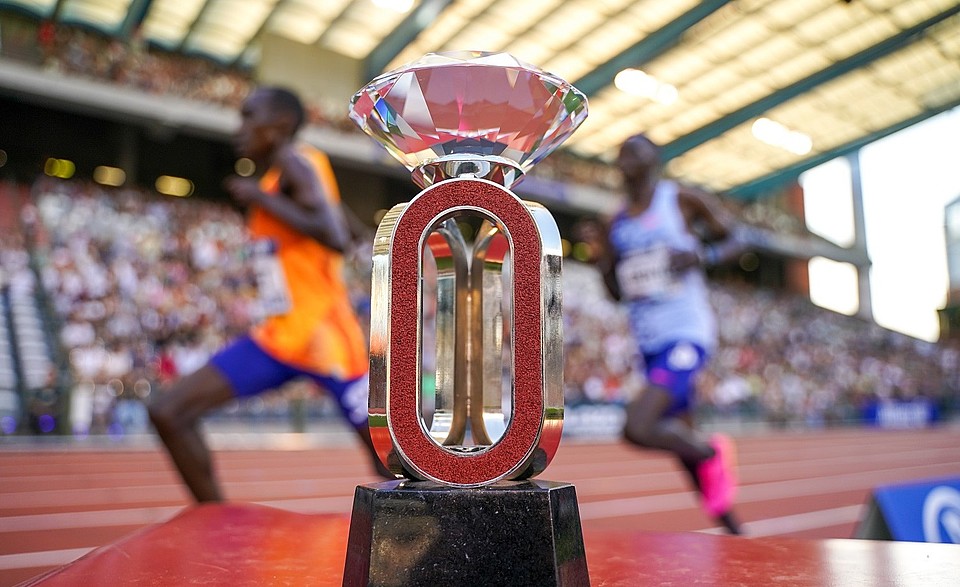

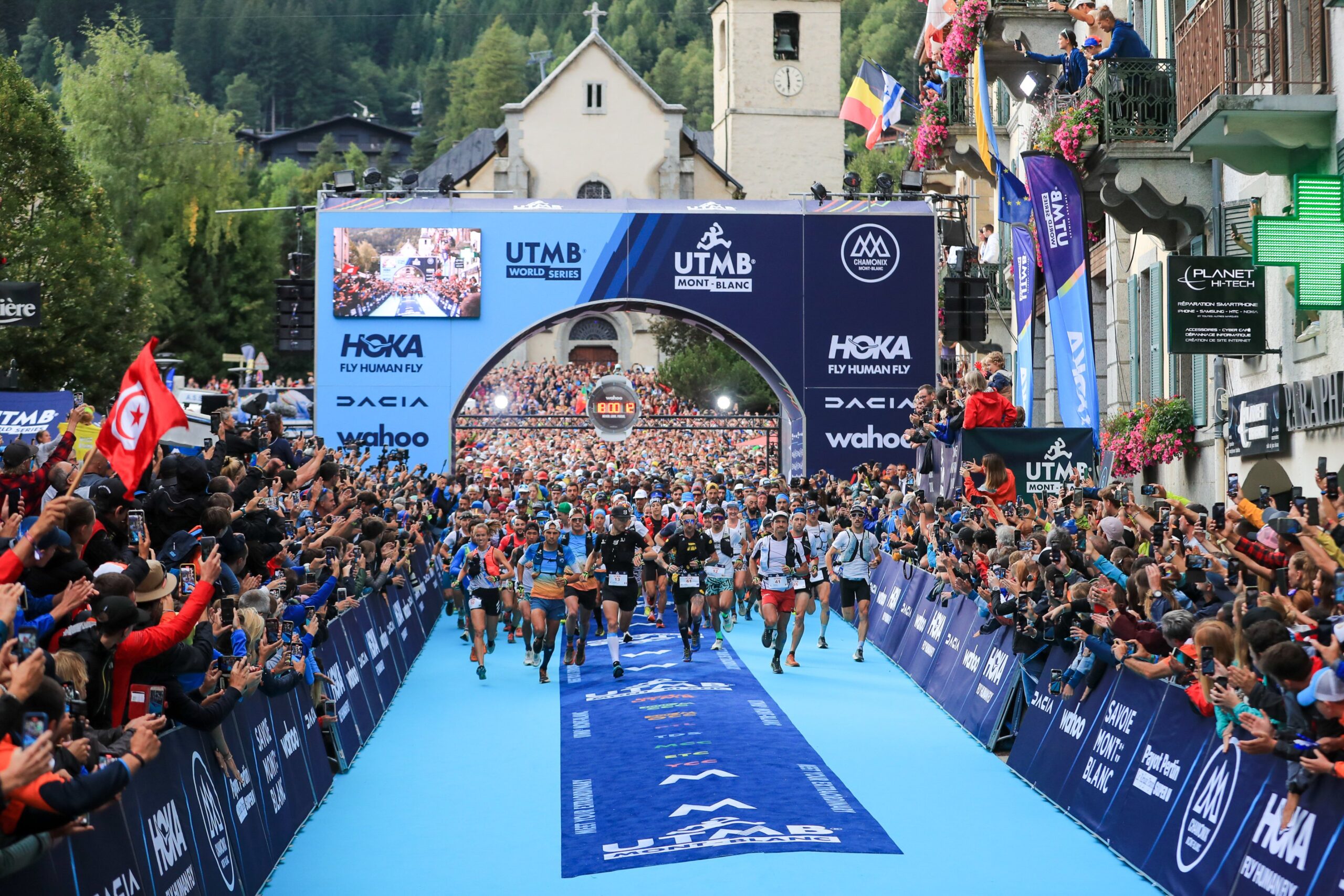
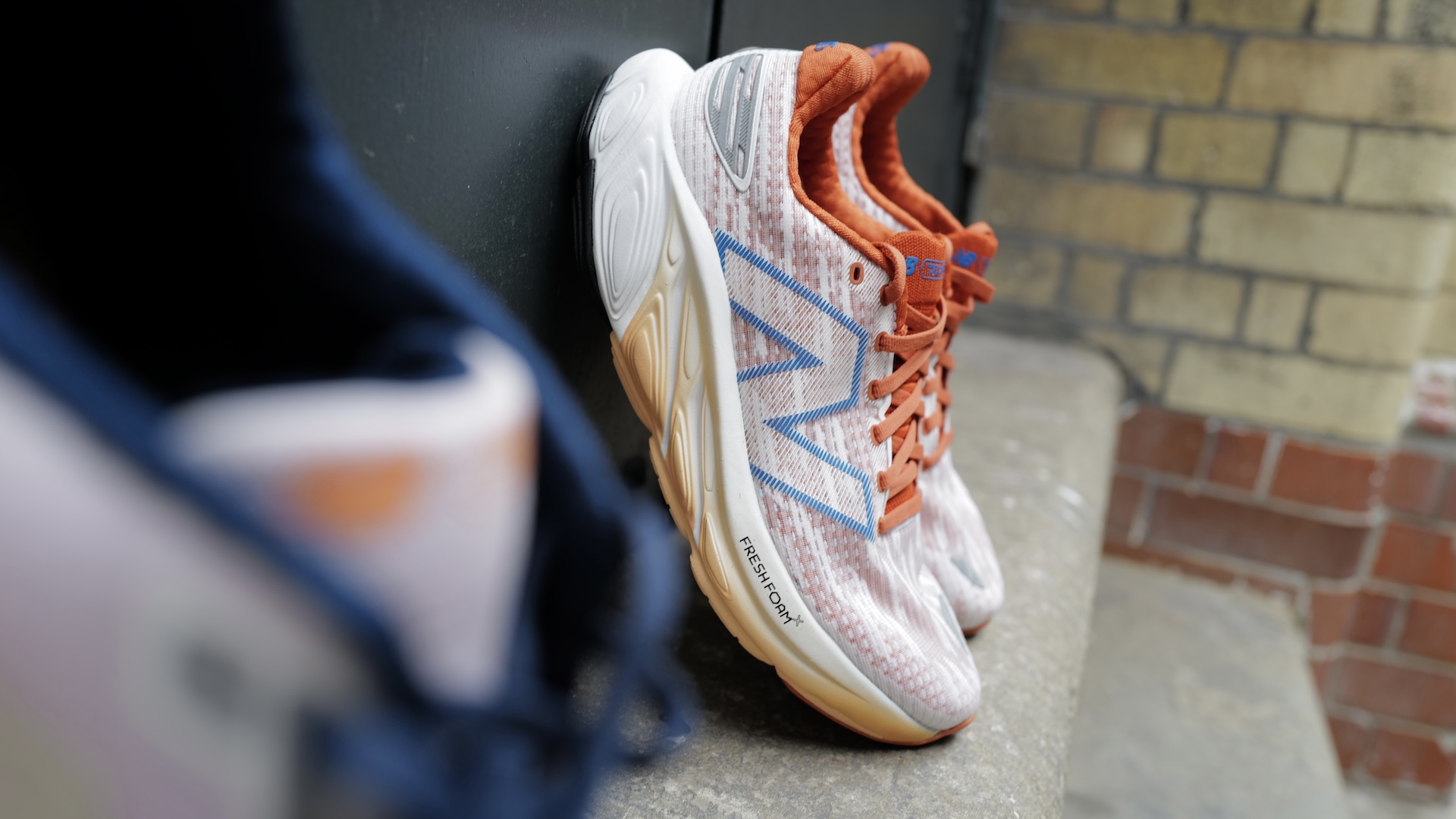
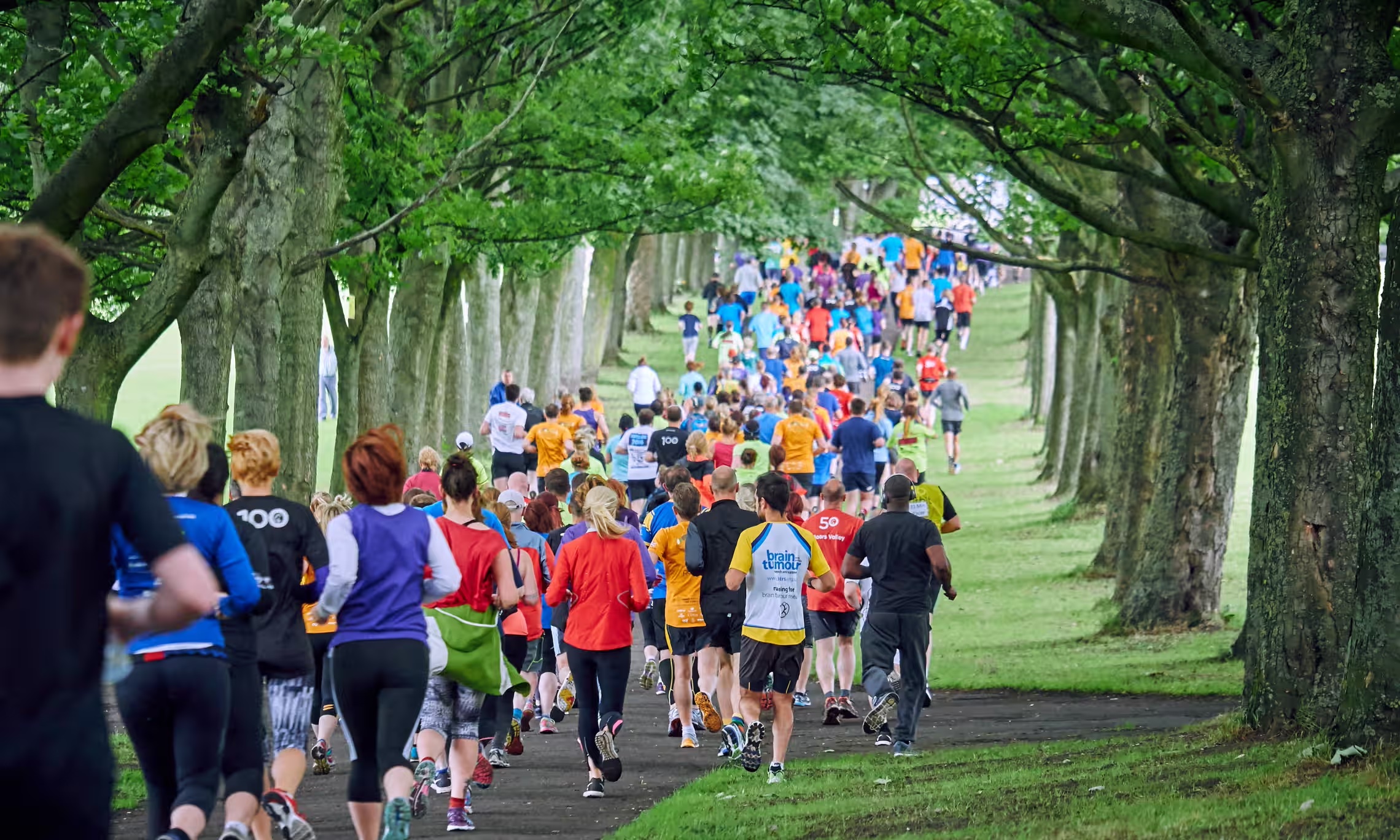
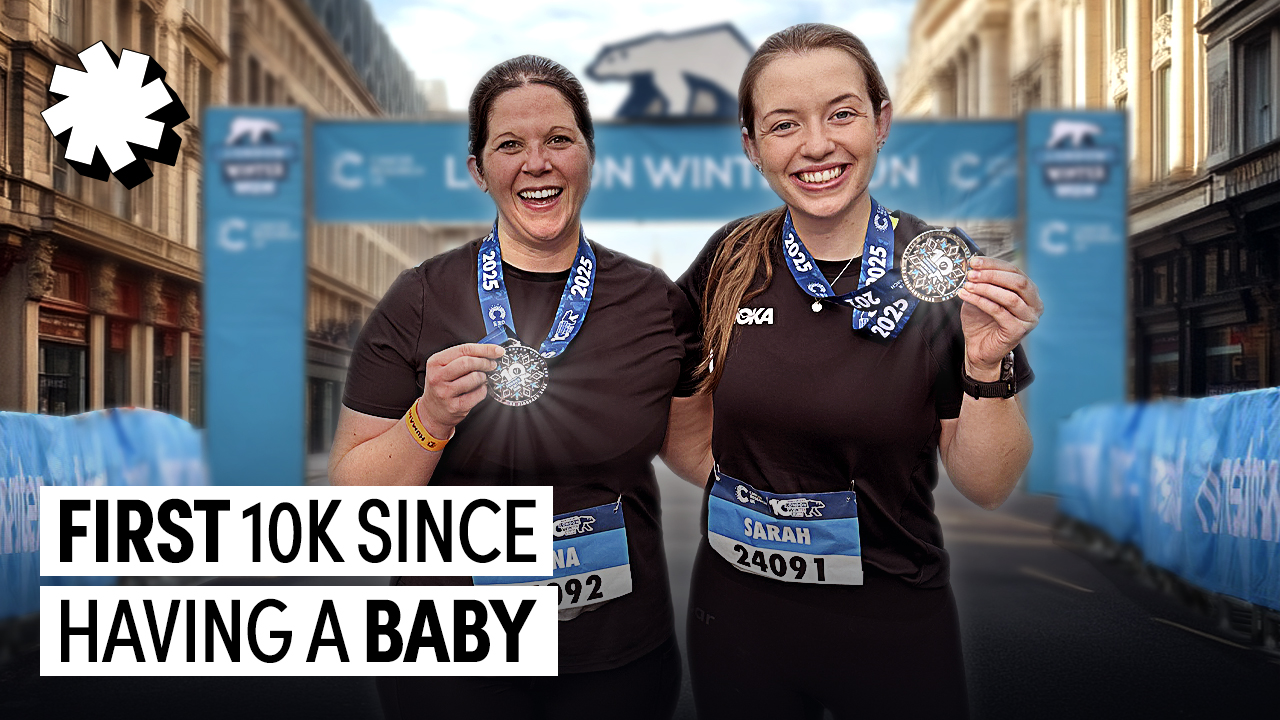

Running News
Will A Woman Run A Four-Minute Mile? Research Says It’s Possible
Tadese Takele And Sutume Asefa Kebede Win The 2025 Tokyo Marathon!
Boston Marathon 2025 Medal Reveal And Celebration Jacket